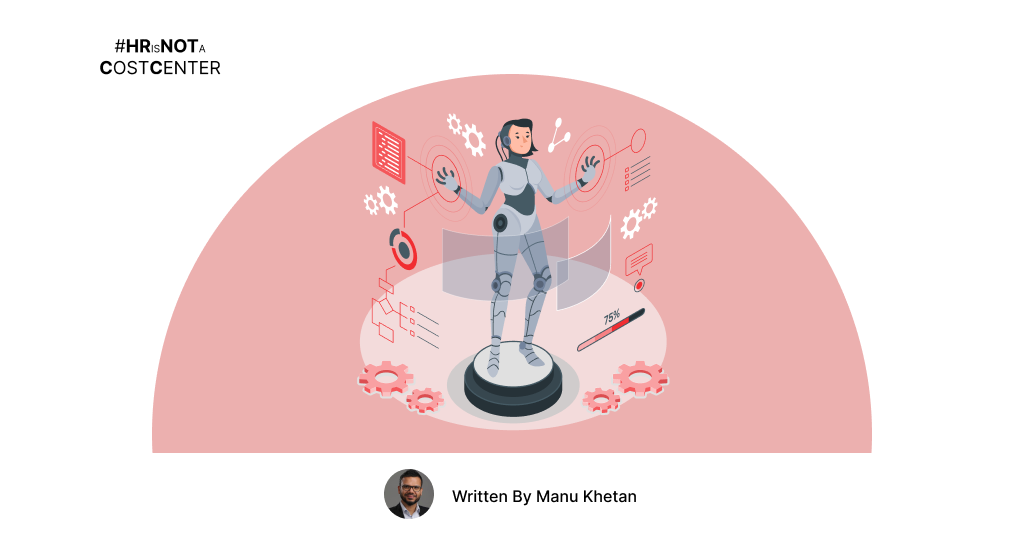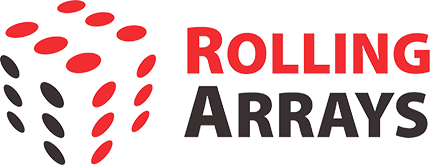
Table of Contents
- Part 2: How do I turn AI-First HR Ideas into execution?
- From Domain Knowledge to Domain Intelligence
- The New Playbook: AI-Native, Process-First HR Agents
- What Business Leaders Actually Want from HR
- R7 in Action: Real-World Scenarios that Redefine HR Impact
- The New Role of the CHRO: Portfolio Manager of People ROI
- Final Takeaway
Resources > Manu’s Blog > The Great HRTech Reset – Part 2
The Great HRTech Reset – Part 2
Founder & CEO – Rolling Arrays

Originally Published on LinkedIn
Part 2: How do I turn AI-First HR Ideas into execution?
To recap Part 1: The dominant SaaS architecture of the last 20 years — built on standardised best practices, structured forms, and configurable workflows — is becoming increasingly misaligned with the demands of an AI-first world. Agentic AI systems are now capable of reasoning, learning, and executing business processes based on goals, not rigid templates.
The implication? The entire software stack as we know it — UI, workflows, logic engines, and even static data models — may no longer be necessary.
This leads us to a deeper truth: Software is no longer the product. Intelligence is.
From Domain Knowledge to Domain Intelligence
Historically, HR SaaS vendors justified their rigidity by claiming to embed “domain best practices” into the product. This was useful when domain knowledge was scarce. But with GenAI and foundation models, that knowledge is now widely available and instantly transferable.
Domain knowledge has become a commodity.
What remains non-commoditised is an organization’s uniqueness — its structure, culture, language, and logic. These are the things traditional SaaS struggles to support. When vendors say “adopt best practices,” they often mean, “sacrifice your uniqueness to fit our model.”
CHROs today need firms that don’t sell generic software; instead they need firms who act as translators of business complexity into AI-first logic. The firms that can work with enterprises to:
- Deeply analyse their unique HR needs that differentiates them from their competitors
- Design AI-first HR processes tailored to their unique context
- Reimagine core HR processes (e.g., recruiting, onboarding, performance, learning, exits) in an agentic context
- Architect these processes with LLM-powered systems that reason and act
- Build lightweight, composable, AI-native tools that don’t require years of implementation or integration
Rather than fighting the limitations of rigid software, they need these firms to use AI as a flexible execution layer — one that adapts to the business, not the other way around.
This approach avoids spending 12-24 months adapting to a generic HRTech system, only to realize post go-live that critical business requirements are missing.
The excuse? “Adopt the best practice.” The reality? “You’re working around software that was never designed for your uniqueness.”
The New Playbook: AI-Native, Process-First HR Agents
We are now entering a stage where:
- UI design, data structure, and logic can all be generated and adapted by AI agents
- HR personas (e.g. employee, manager, HRBP) can interact via natural language
- The entire system becomes goal-driven, not form-driven
And this can be delivered faster, at lower cost, with better alignment to business goals — not by buying traditional SaaS modules, but by engaging domain-AI experts who design the process, train the agent, and deliver the solution.
This unlocks the next wave of HR transformation:
- From process compliance to process intelligence
- From vendor-driven limitations to enterprise-specific enablement
- From configuration and customization to co-creation with AI
What Business Leaders Actually Want from HR
Let’s be honest: CEOs and COOs don’t care if your HR suite has beautiful org charts or automated form routing. What they really want to know is:
- Why is our best talent leaving?
- Which hires will fail in the first 6 months?
- Which managers are creating toxic churn?
- What’s the ROI of our L&D budget?
- Who do we retain, who do we release, and who do we redeploy?
Today’s HR systems are built to track, not to answer.
What’s needed is a new breed of AI-native HRTech that starts not with workflows—but with business questions—and is designed to reason, learn, and act toward outcomes.
This is where the R7 framework becomes the new execution architecture for CHROs.
R7 in Action: Real-World Scenarios that Redefine HR Impact
🧲 Recruit
Old Way: Job descriptions are reused blindly. Interviews are inconsistent. New Way: An AI-native system monitors performance data of recent hires, identifies what profile patterns succeed, and auto-generates role-specific JD templates optimized for success.
Example: A retail company was facing 30% attrition in store managers within 6 months. The AI system flagged that top-performing hires came from logistics, not F&B—contrary to past assumptions. New JDs were crafted and interview scorecards adjusted. Within 60 days, attrition dropped to 12%.
📊 Rate
Old Way: Performance ratings are manually filled, subjective, and often political. New Way: An AI system detects rating inflation, correlation between manager score distributions and team outcomes, and nudges re-calibration with real-time evidence.
Example: In a B2B SaaS firm, 60% of employees were rated “exceeds expectations”—yet team-level KPIs showed no uplift. AI flagged this pattern, coached managers through fair calibration, and linked ratings to customer churn and upsell data. Outcome: Performance ratings became trusted, and high performers finally got differentiated growth.
🔥 Retain
Old Way: Exit interviews explain attrition. Too late. New Way: AI continuously reads signals—survey scores, Slack sentiment, manager feedback, even system logins—and predicts flight risk 60–90 days in advance.
Example: A fintech startup noticed its top engineers were quitting right after project completion. AI analysis revealed burnout due to release cycle pressure and invisible weekend work. HR initiated staggered sprint planning, recognition nudges, and flexible leave policies. Result: Retention of top engineers improved by 40% over 3 quarters.
♻️ Redeploy
Old Way: Under-performers are managed out. New Way: The system analyzes skill graphs, feedback patterns, and learning behaviors to find better-fit roles within the org before exiting talent.
Example: An insurance company had 20 under-performers in customer service. The AI system found 6 of them matched the top-performing profile of operations analysts. After a 3-week learning sprint, they were redeployed—reducing hiring costs and boosting team productivity by 15%.
📚 Redevelop
Old Way: Courses are pushed. Completion is tracked. New Way: AI builds personalised learning sprints based on skills needed to hit business KPIs, not catalog completions.
Example: In a pharma firm, sales reps were given a generic CRM training. No business impact followed. The new system diagnosed gaps in data storytelling and objection handling, generated a 14-day micro-sprint, and paired it with live manager coaching. Sales conversions increased by 22%.
🚪 Release
Old Way: PIPs are bureaucratic. Exits are messy. New Way: The system creates transparent, humane exit playbooks with compliance coverage and real-time coaching support for both manager and employee.
Example: A global BPO reduced legal escalations by 80% and improved Glassdoor ratings by 1.2 points after implementing AI-generated, manager-guided separation workflows that ensured dignity, documentation, and opportunities for rehire.
👋 Rehire
Old Way: Alumni are forgotten. New Way: Your AI HR system maintains a dynamic alumni pool scored by past performance, cultural fit, and rehire potential.
Example: A logistics company needed seasonal hiring. Instead of starting from scratch, the AI system pre-qualified 57 alumni, sent nudges, and re-onboarded 32 in 5 days. Result: 50% faster ramp-up and 38% lower cost-per-hire.
The New Role of the CHRO: Portfolio Manager of People ROI
In this model, the CHRO becomes less of a “system custodian” and more of a People Portfolio Manager—allocating, measuring, and compounding talent like capital.
Final Takeaway
The future of HR is not about picking the right SaaS platform. It’s about partnering with the right AI architecture and domain experts to create autonomous capabilities that :
- Thinks in outcomes
- Speaks in business language
- Learns from every signal
- And acts before problems become crises
CHROs must now lead this shift:
- Embrace AI as the thinking layer
- Engage partners who can design AI-first HR processes
- Invest in systems that : Learn your culture, Adapt to change, Scale with your business and most importantly Deliver outcomes, not just features
Link to The Great HRTech Reset Part 1
About Manu Khetan
Manu, Founder and CEO of Rolling Arrays, a global HR technology leader, brings two decades of expertise to redefine HR practices. Passionate about pioneering HR automation and nurturing talent, Manu advocates for a customer-first and employee-first approach, prioritizing value creation. Beyond the boardroom, he is a dedicated family man, a skilled pianist, and an advocate for empowering the next generation of entrepreneurs. Join Manu on the transformative journey where HR emerges as a dynamic force for positive change in the business world.






Share with your network
Get updates in your inbox